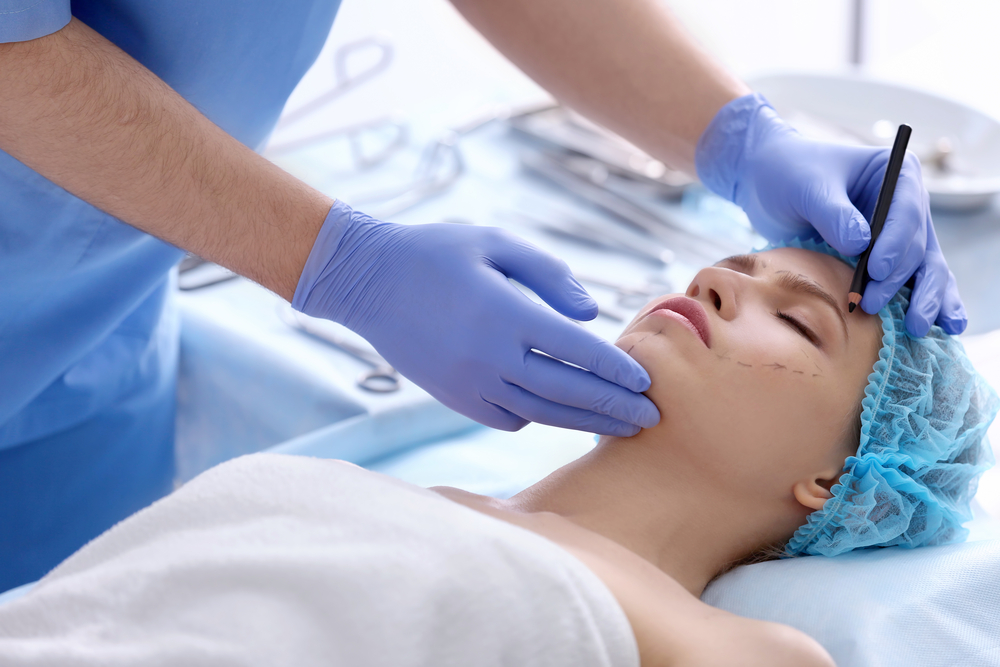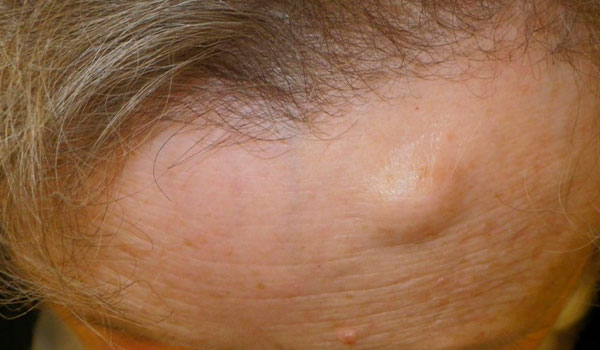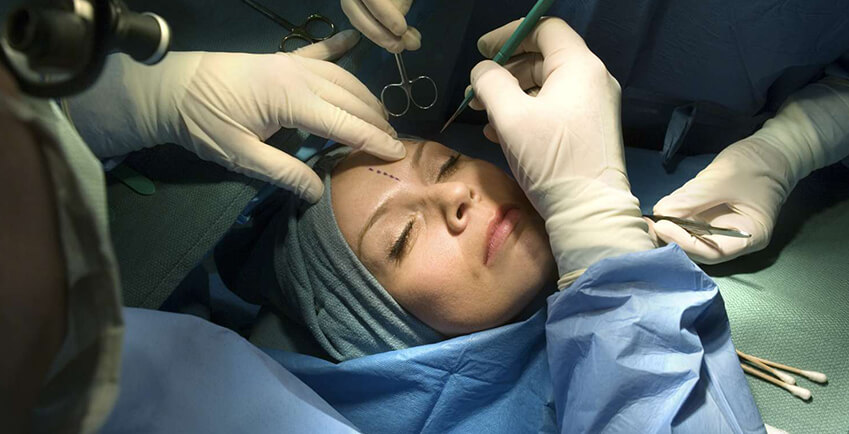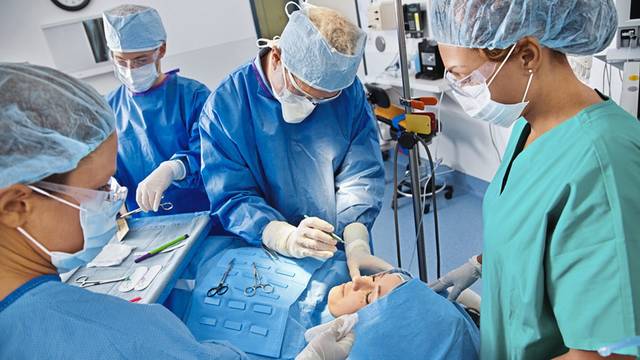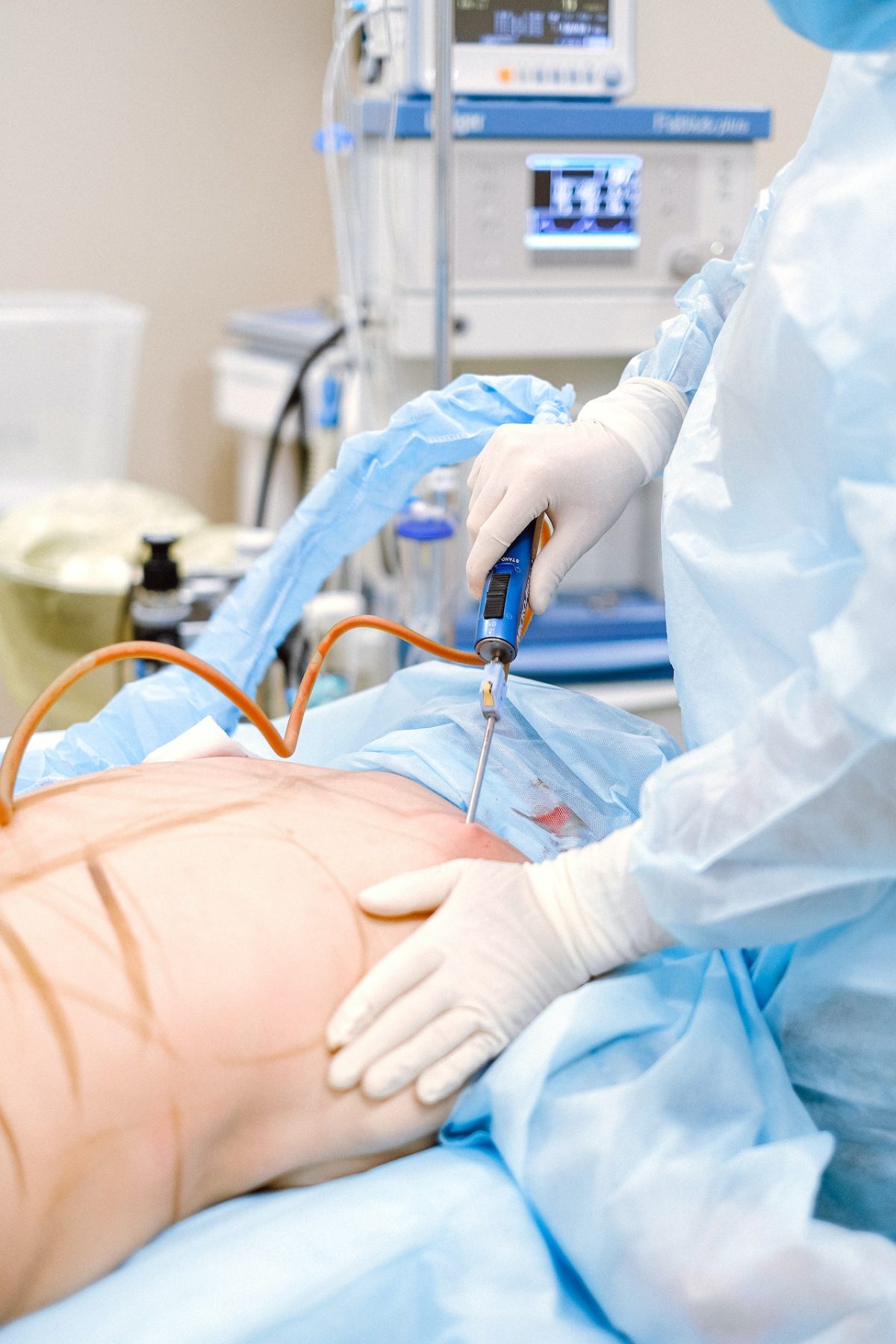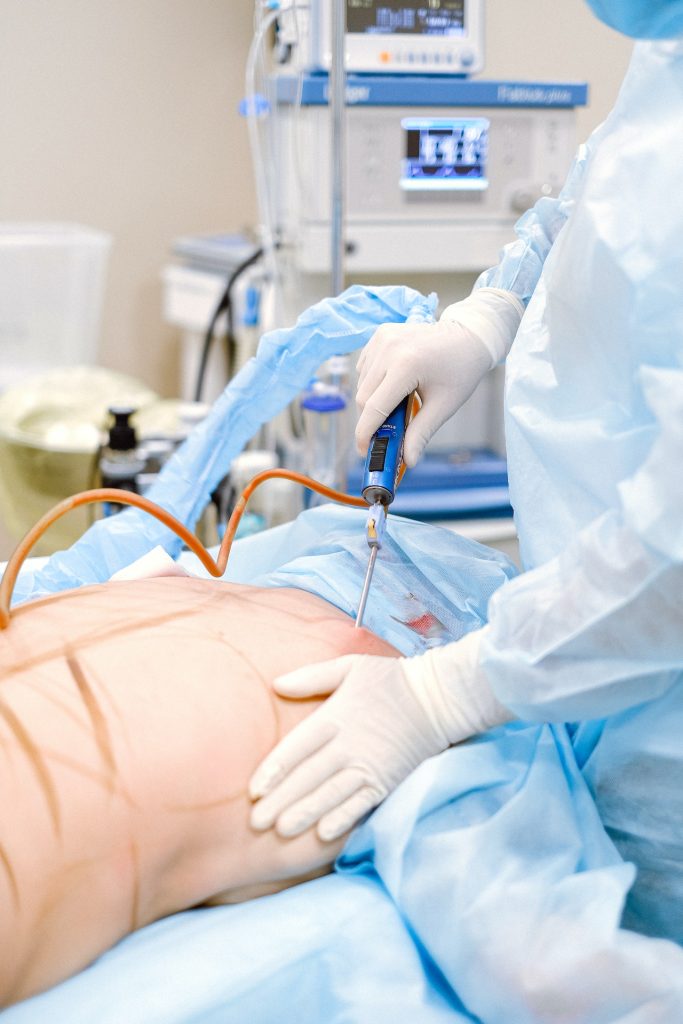Body contouring surgery stands as a transformative approach for those seeking to reshape and refine their physical appearance. This surgical procedure not only helps in removing excess skin and fat but also aids in enhancing the body’s contours, offering individuals a path towards achieving their desired physique. As advancements in medical science continue to evolve, body contouring surgery has become more accessible and customizable, catering to various needs and expectations. Embracing this option can significantly impact one’s self-esteem and quality of life, marking a pivotal step in personal health and aesthetic journey.
Understanding Body Contouring Procedures
Types of Procedures
Body contouring surgeries vary widely. They range from liposuction to tummy tucks, and even include laser treatments. Each procedure serves a different purpose.
Liposuction removes fat from specific areas, creating a smoother silhouette. Tummy tucks tighten abdominal muscles and remove excess skin for a flatter stomach. Laser treatments target surface-level concerns like skin texture and tightness.
Ideal Candidates
Not everyone is a good fit for body contouring surgery. The ideal candidates are those close to their target weight but struggling with stubborn fat or excess skin that diet and exercise can’t fix.
They should have realistic expectations about the results. Understanding that these procedures are not quick fixes is crucial for satisfaction post-surgery.
Choosing a Surgeon
The importance of selecting a certified plastic surgeon cannot be overstated. Safety and effectiveness hinge on the surgeon’s expertise.
Certified surgeons undergo rigorous training and adhere to strict safety standards. They ensure patients receive care tailored to their needs, minimizing risks associated with surgery.
Preparing for Body Contouring Surgery
Medical Evaluations
Before undergoing body contouring surgery, patients must complete several medical evaluations. These tests ensure the safety and success of the procedure. Doctors often request blood work and other lab tests. This helps identify any potential issues that could complicate surgery.
Patients might also undergo physical exams. The purpose is to assess their overall health status. This step is crucial for tailoring the surgery to individual needs.
Medication Adjustments
Adjusting medications is a key part of pre-surgery preparation. Patients may need to stop or change certain medicines before the procedure. This includes over-the-counter drugs and supplements that can increase bleeding risk.
Doctors provide specific instructions on which medications to adjust or avoid. It’s important for patients to follow these guidelines closely.
Smoking Cessation
Quitting smoking is essential before body contouring surgery. Smoking can delay healing and increase complication risks, such as infection or poor wound healing.
Patients are advised to stop smoking at least several weeks prior to their scheduled surgery date.
Support Arrangements
Arranging post-surgery support and transportation is vital for recovery:
-
Support: Patients should plan for someone to help them at home after the procedure.
-
Transportation: They will need a ride home from the hospital since driving won’t be an option immediately following surgery.
These preparations help ensure a smoother recovery process with fewer complications.

Medical Considerations and Risks
Potential Risks
Body contouring surgery carries potential risks. These include infection, scarring, and complications from anesthesia. It’s crucial to understand these risks before proceeding.
Infections can delay healing and lead to more severe health issues. Scarring is another common concern; while some degree of scarring is inevitable, excessive or keloid scars may require further treatment. Anesthesia complications range from mild reactions to life-threatening issues, depending on individual health factors.
Full Disclosure
Disclosing your full medical history is vital for minimizing risks. This includes past surgeries, current medications, and lifestyle habits such as smoking or alcohol consumption.
Your surgeon needs this information to plan the safest approach for your surgery. For example, smoking can impair wound healing while certain medications might increase bleeding risk during surgery.
Post-Operative Care
After surgery, understanding post-operative care is essential for spotting signs of complications early.
Common signs include unusual swelling, persistent pain beyond the expected recovery period, or changes in skin color around operated areas that could indicate infection or blood flow issues.
Monitoring these signs helps in addressing any problems promptly. Always follow your surgeon’s instructions regarding wound care and when to resume normal activities.
Lifestyle Adjustments for Optimal Outcomes
Stable Weight
Maintaining a stable weight is crucial before and after body contouring surgery. A balanced diet and regular exercise are key. Achieving your target weight should be the goal before scheduling the surgery.
A healthy lifestyle helps in keeping significant weight off over time. This includes eating well and staying active. It’s not just about losing weight but maintaining it for lasting results.
Healthy Habits
Avoiding nicotine and alcohol is essential for healing. Smoking can delay recovery, while alcohol dehydrates your body. Both can affect the outcomes negatively.
Staying hydrated plays a vital role in recovery post-surgery. Drinking enough water aids in faster healing processes. Following a balanced diet filled with nutrients supports your body’s needs during this time.
Incorporating these lifestyle adjustments ensures better results from body contouring surgery. They require commitment but are worth it for achieving desired goals.
-
Diet: Focus on fruits, vegetables, lean proteins, and whole grains.
-
Exercise: Include both cardio and strength training routines.
Day-of Surgery Preparation Tips
Fasting Instructions
For a safe body contouring surgery, following fasting instructions is crucial. Anesthesia requires an empty stomach. Your surgeon will provide specific guidelines on when to stop eating and drinking.
Typically, you must not eat or drink at least 8 hours before the procedure. This reduces the risk of complications during anesthesia application.
What to Bring
On the day of your surgery, certain items are essential for comfort and identification purposes. Pack these in advance:
-
Comfortable clothing that is easy to put on after surgery.
-
A valid ID for hospital registration processes.
-
All necessary medical documents detailing your health history and any medications you’re taking.
Bringing these items ensures a smoother admission process and post-surgery comfort.
Skin Prep
Clean skin is vital for surgical safety. Before heading to the hospital, take a shower with mild soap. Do not apply makeup, lotions, or perfumes.
These substances can interfere with surgical equipment and increase infection risks. Ensuring your skin is clean helps maintain a sterile environment during body contouring surgery.
Recovery and Pain Management Post-Surgery
Recovery Timeline
After body contouring surgery, patients enter the recovery phase. This period is crucial for healing. Most individuals can expect to return to light activities within two to four weeks. However, full recovery might take up to six months.
During this time, it’s important for patients to follow their surgeon’s advice closely. Sticking with the recommended guidelines ensures a smoother healing process.
Pain Management
Managing pain after surgery is key for a comfortable recovery. Patients often use prescription painkillers as directed by their doctor. Ice packs can also reduce swelling and discomfort.
Rest plays a significant role in healing too. Patients should ensure they get enough sleep and avoid strenuous activities until cleared by their healthcare provider.
Infection Signs
Understanding signs of infection or complications is vital post-surgery. Symptoms include increased redness, swelling, warmth at the surgical site, fever, or unusual discharge.
If any of these symptoms occur, contacting a healthcare professional immediately is essential for prompt treatment.
Longevity of Body Contouring Results
Lifestyle Impact
Maintaining the results of body contouring surgery requires effort. Your lifestyle choices play a crucial role. Eating well and staying active are key.
A balanced diet helps maintain weight, which is essential after body contouring. Regular exercise keeps the body toned and supports skin elasticity. These habits ensure long-lasting results.
Genetic Factors
Genetics also influence the durability of body contouring outcomes. Some people naturally have more elastic skin or better muscle tone due to their genes. This can make their surgery results last longer.
However, not everyone has this advantage. It’s important to have realistic expectations based on your genetic predisposition.
Follow-up Care
Regular follow-up appointments are vital for assessing how your body is adapting post-surgery. These check-ups help catch any issues early.
Your surgeon can provide guidance on maintaining your new shape during these visits. They may suggest minor adjustments or additional treatments if needed.
Booking Your Body Contouring Consultation
Qualified Surgeons
Finding the right surgeon is crucial. Research qualified surgeons with experience in body contouring. Look at their credentials and past work.
Visit their website. Check for before-and-after photos of previous patients. This will give you an idea about their expertise in shaping the body and improving skin appearance.
Questions List
Prepare a list of questions for your consultation. Include queries about expectations, costs, and recovery process.
Ask about:
-
The expected outcome
-
Total cost
-
Recovery time
-
Possible complications
This preparation ensures no important detail is overlooked during the consultation.
Financial Investment
Understand the financial aspect of body contouring surgery. It’s often not covered by insurance as it’s considered cosmetic.
Research if any part of your procedure might be covered due to medical necessity. Otherwise, plan for out-of-pocket expenses.
Some clinics offer financing plans or payment options to help manage costs.
Summary
Body contouring surgery represents a significant step towards achieving one’s desired physique. From understanding the procedures, preparing for surgery, to navigating through recovery and beyond, each stage demands careful consideration and adherence to medical advice. The journey involves not just physical adjustments but also encompasses lifestyle changes and mental preparedness to ensure the longevity of the results. It’s crucial for individuals to weigh the medical considerations and risks, engage in thorough consultations with professionals, and commit to the necessary pre and post-surgery protocols for optimal outcomes.
For those contemplating body contouring surgery, the importance of choosing a reputable surgeon and facility cannot be overstated. An informed decision-making process, grounded in expert consultations and personal research, lays the foundation for a successful transformation. Therefore, it is imperative to book your consultation with a certified body contouring specialist who can guide you through this transformative journey with precision and care. Take that step towards enhancing your body confidence today.
Frequently Asked Questions
What is body contouring surgery?
Body contouring surgery refers to various procedures aimed at reshaping and refining the body’s appearance by removing excess skin and fat. These surgeries can enhance your silhouette, especially after significant weight loss.
How should I prepare for body contouring surgery?
Preparation involves a comprehensive health evaluation, following a balanced diet, quitting smoking, and avoiding certain medications that may affect blood clotting. Detailed instructions will be provided by your surgeon.
What are the risks associated with body contouring procedures?
Risks include infection, bleeding, scarring, and complications related to anesthesia. Each patient’s risk varies depending on their specific procedure(s) and individual health factors.
Are there lifestyle changes necessary before or after undergoing body contouring?
Yes, maintaining a stable weight through healthy eating and regular exercise both before and after surgery ensures longer-lasting results. Smoking cessation is also crucial for optimal healing.
What should I expect on the day of my body contouring surgery?
Expect pre-operative preparations such as marking the surgical sites on your skin. You’ll receive general anesthesia or sedation prior to the procedure starting.
How long is recovery from body contouring surgery?
Recovery times vary based on the extent of the procedure but generally range from two weeks to several months for full recovery. Follow-up appointments will monitor your progress.
Do results from body contouring last forever?
While results can be long-lasting when accompanied by a stable weight and healthy lifestyle, natural aging processes do continue which may affect outcomes over time.
How do I book a consultation for body contouring?
Consultations can usually be booked directly through a plastic surgeon’s office either via phone call or their website form submission. It’s important to choose a board-certified surgeon experienced in these procedures.




